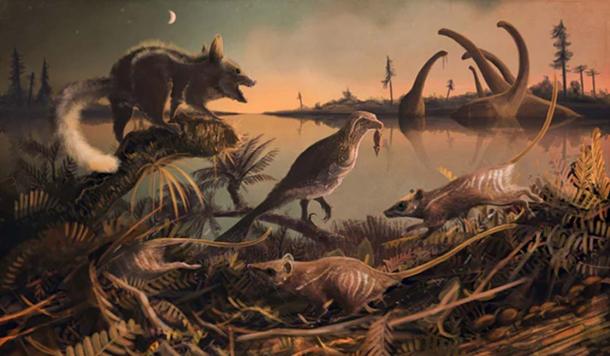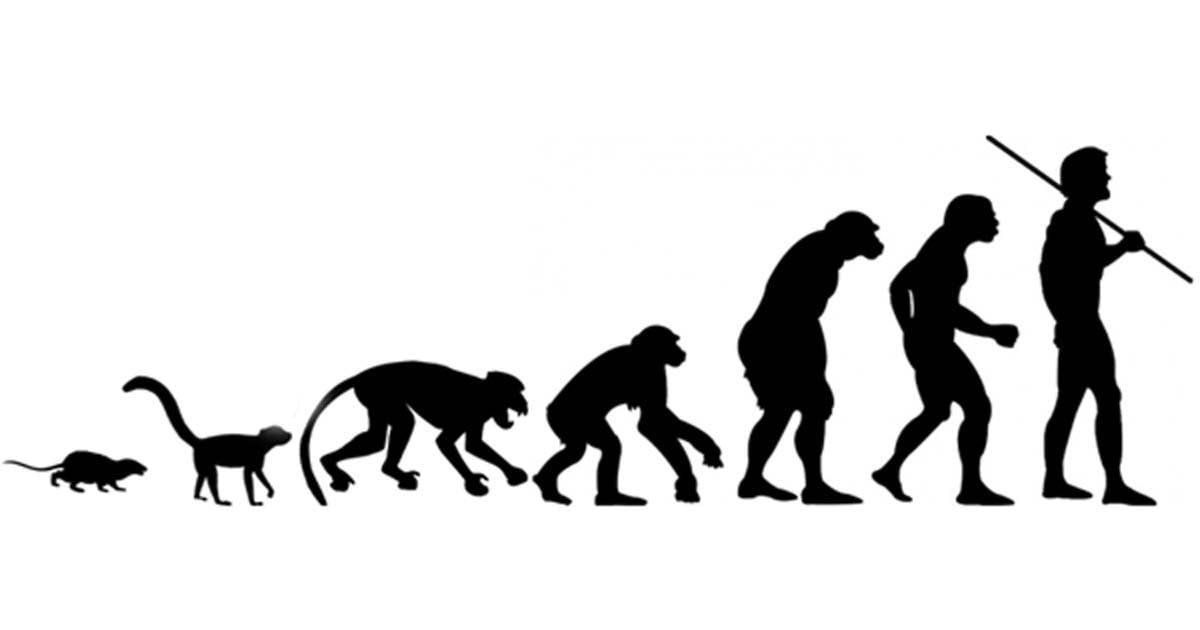

For those that believe human beings were created in God’s own image, the idea that we have monkeys in our evolutionary history is a little hard to swallow, so it is likely to cause even more upset than scientists have now announced they’ve found the earliest known ancestor, and it’s a rat!
Palaeontologists from the University of Portsmouth have discovered fossil teeth from two rat-like creatures in Dorset, England, which scurried around Earth approximately 145 million years ago. Scientists say they can draw a direct evolutionary line from these small furry animals to the people that walk the earth today, and have announced that these two species of rat are the oldest known ancestors of humans.
According to a report published in the journal Acta Palaeontologica Polonica, the teeth belong to two members of the group of animals known as Eutheria, a branch of the mammal tree that led to modern mammals – including humans. They are known as Durlstotherium and Durlstodon, so named after Durlston Bay in Dorset where the fossils were found. The area has been nicknamed ‘Jurassic Coast’ as it has produced an immense number of dinosaur fossils.

Two fossil teeth of the Purbeck Mesozoic mammals, Durlstotherium (A1-4) and Durlstodon (B1-4) , named after Durlston Bay in Dorset. These Jurassic mammals are ancestors to placental mammals, and are oldest of their kind found in Europe. Photograph: SCS/Sweetman et al. 2017
“Mammals split into many different groups during the Jurassic and Cretaceous, including branches that died out long before the impact that killed the non-avian dinosaurs,” reports The Guardian. “The groups of mammals that survived the extinction event include the monotremes (platypus and echidna), the marsupials (such as kangaroos and koalas), the multituberculates (which then died off around 35m years ago), and the eutherians, or placental mammals. This last group is now the most successful mammal lineage on earth, having evolved creatures as diverse as the blue whale, the grasshopper mouse, and homo sapiens [modern humans].”

Purbeck mammals, Durlstodon and Durlstotherium. Jurassic Mesozoic mammals that are ancestors to placental mammals. Illustration: © Mark Witton 2017
Recent fossil discoveries of early mammals in China were initially dated to 160 million years ago. However, this has since been disputed.
“In the world of palaeontology there has been a lot of debate around a specimen found in China, which is approximately 160 million years old,” said Dr Steve Sweetman, from the University of Portsmouth. “This was originally said to be of the same type as ours but recent studies have ruled this out. That being the case, our 145 million-year-old teeth are undoubtedly the earliest yet known from the line of mammals that lead to our own species.”
While scientists say they have figured out the evolutionary path from rat to human, they do not yet claim to know where the Eutherians originated. Palaeontologists try to determine possible family trees by looking closely at the anatomical shape and characteristics of fossils.
“To work out relationships between living mammals, scientists can use molecular data,” The Guardian reports. “As there is no molecular data for fossils, palaeontologists often combine the molecular results with those generated from the fossil anatomy. But this can lead to problems when the molecular results don’t match the results found using fossils. The origins of eutherian mammals is one such problematic case.”
In summary, the results of such analyses can only be considered theoretical, and are likely to change as more data is refined and added to, fuelling continued research and debate into the origins of humans and other mammals.